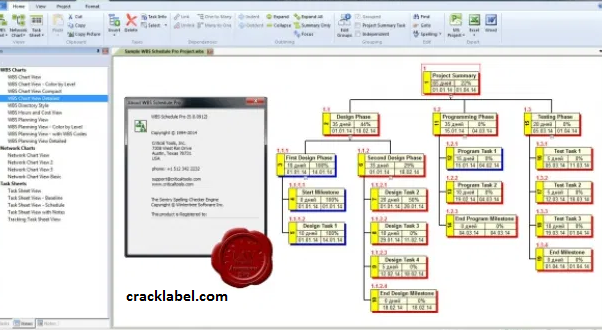

The WBS may be displayed horizontally in outline form, or vertically as a tree structure (like an organization chart). In addition to its function in cost accounting, the WBS also helps map requirements from one level of system specification to another, for example, a cross reference matrix mapping functional requirements to high level or low level design documents. A well-designed WBS makes it easy to assign each project activity to one and only one terminal element of the WBS. Since the planned outcomes are the desired ends of the project, they form a relatively stable set of categories in which the costs of the planned actions needed to achieve them can be collected.

The WBS is organized around the primary products of the project (or planned outcomes) instead of the work needed to produce the products (planned actions). This technique (sometimes called a system breakdown structure ) is used to define and organize the total scope of a project. For each element of the work breakdown structure, a description of the task to be performed is generated. Ī work breakdown structure permits summing of subordinate costs for tasks, materials, etc., into their successively higher level "parent" tasks, materials, etc. The work breakdown structure provides a common framework for the natural development of the overall planning and control of a contract and is the basis for dividing work into definable increments from which the statement of work can be developed and technical, schedule, cost, and labor hour reporting can be established. Example of work breakdown structure applied in a NASA reporting structure


 0 kommentar(er)
0 kommentar(er)
